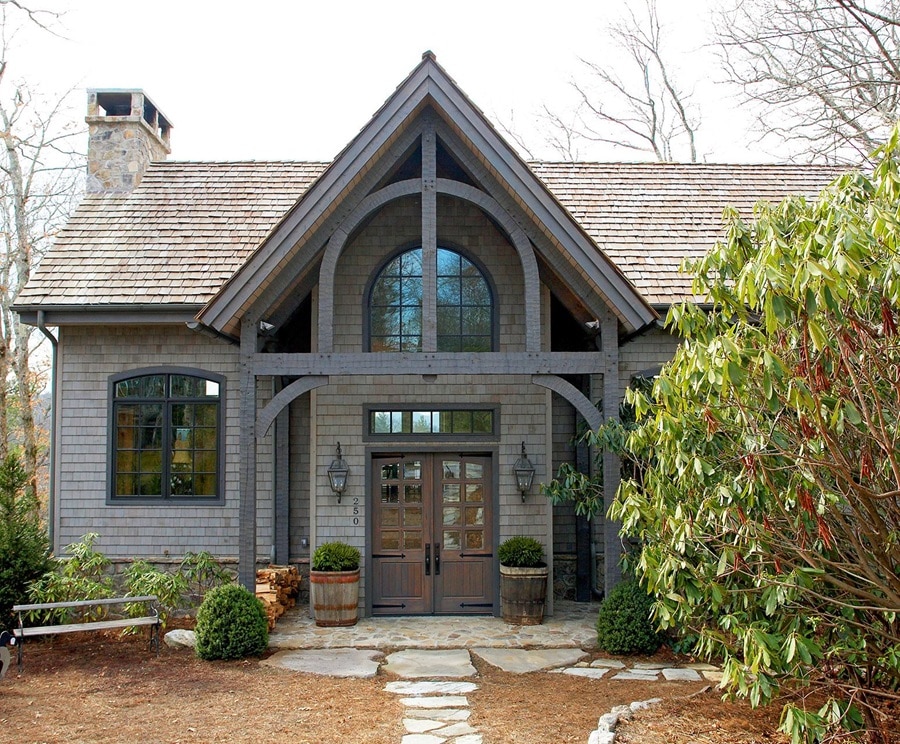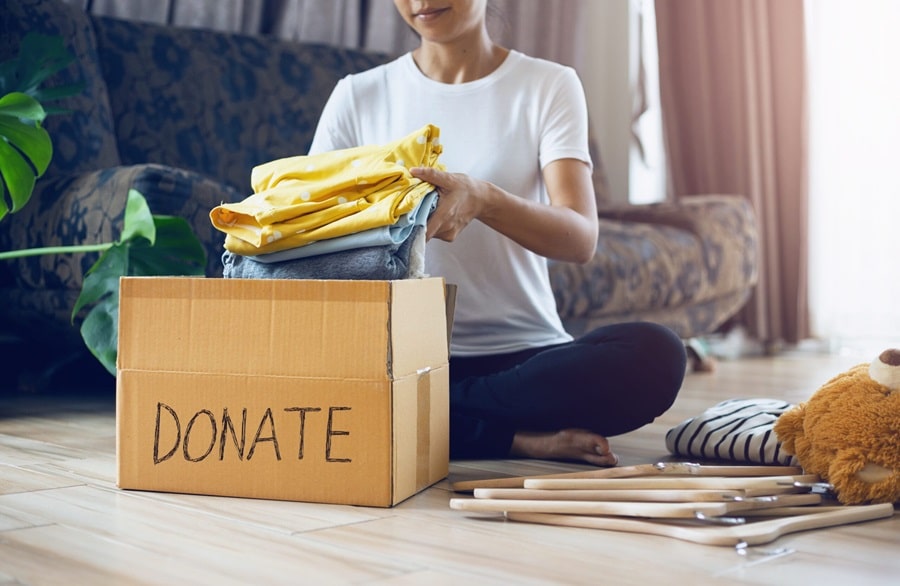Living in a poorly insulated house is a common issue that many homeowners and renters face, often without fully realizing the array of risks it presents. Poor insulation not only leads to discomfort but can have far-reaching implications on health, finances, and even the environment. This article seeks to shed light on the scary but true risks associated with inadequate home insulation. From increased energy costs to compromised health and structural integrity, we will explore why proper insulation is not just a matter of comfort but a crucial aspect of safe and sustainable living.
Contents
Increased Energy Costs
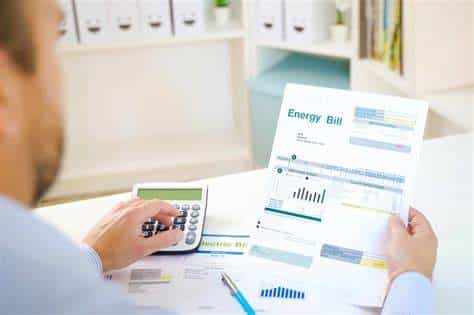
In homes with poor insulation, the struggle to maintain a comfortable temperature often leads to an over-reliance on heating and cooling systems. This excessive use of energy directly translates into higher utility bills, a burden that can strain household budgets significantly. Studies have shown that inadequate insulation can increase energy costs by a considerable margin, making it an expensive oversight for homeowners and renters alike. The financial implications extend beyond monthly bills, affecting long-term expenses and even the value of the property.
In addition to the immediate financial impact, poor insulation contributes to a larger, often overlooked issue: energy wastage. This wastage not only affects individual households but also has a broader impact on the community’s energy resources. By requiring more energy to heat or cool a poorly insulated house, residents inadvertently contribute to the increased demand on power grids, leading to a rise in energy prices and potential resource depletion. This cycle of inefficiency and cost amplifies the importance of proper insulation for both personal and communal financial well-being.
Health Risks Due to Poor Air Quality
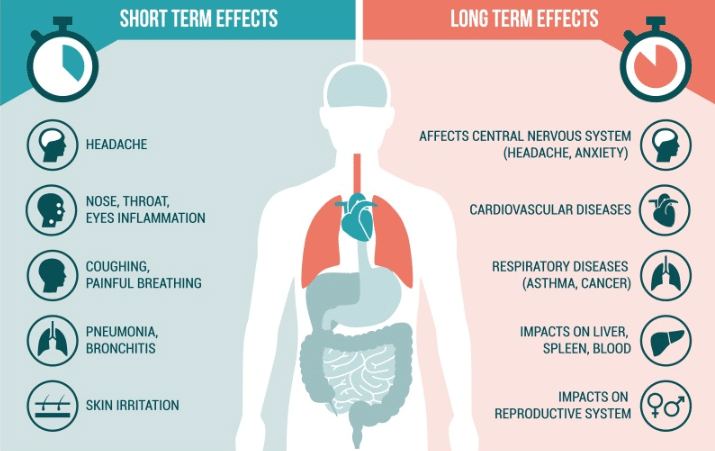
Poor insulation doesn’t just affect your wallet; it also has a significant impact on the air quality inside your home. Inadequate insulation can lead to moisture problems, creating a breeding ground for mold and mildew. These conditions not only damage the house but also pose serious health risks, particularly for individuals with respiratory issues or allergies. The presence of mold spores in the air can exacerbate asthma symptoms, cause allergic reactions, and lead to long-term respiratory complications.
Moreover, poorly insulated homes often have higher levels of indoor pollutants. These can include dust, pollen, and other irritants that penetrate through the walls and ceilings. The lack of a proper barrier against outdoor pollutants further compounds the issue, leading to a constant influx of potentially harmful particles. The cumulative effect of these factors can significantly compromise the health of the occupants, emphasizing the necessity of adequate insulation in maintaining a healthy living environment.
Compromised Structural Integrity
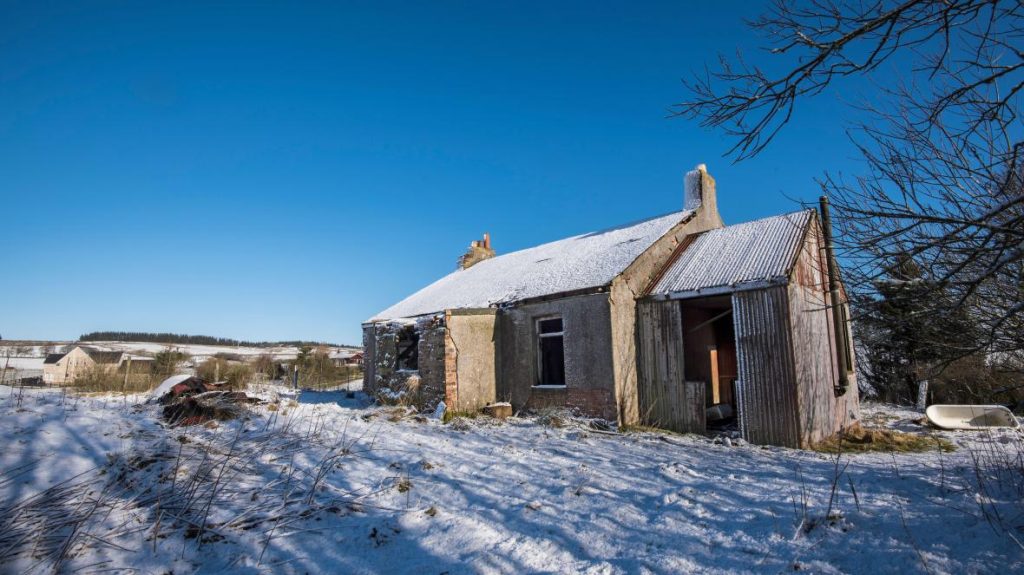
The integrity of your home’s structure is crucial for safety and longevity, and poor insulation can put this at risk. When insulation fails to protect against the elements, it can lead to various forms of water damage, such as ice dams on the roof or water seepage through walls. Over time, this moisture can weaken wooden structures, leading to rot and decay. The resultant damage not only compromises the strength of your home but also necessitates costly repairs and renovations.
Additionally, poorly insulated homes are more susceptible to pest infestations. Creatures like termites, rodents, and insects are often attracted to the moisture and warmth that result from inadequate insulation. Once these pests establish themselves, they can cause extensive damage to your home, further undermining its structural integrity. The cost of addressing these infestations, both in terms of pest control and repairing the damage they cause, can be substantial, adding yet another layer of risk to living in a poorly insulated house.
Uncomfortable Living Conditions
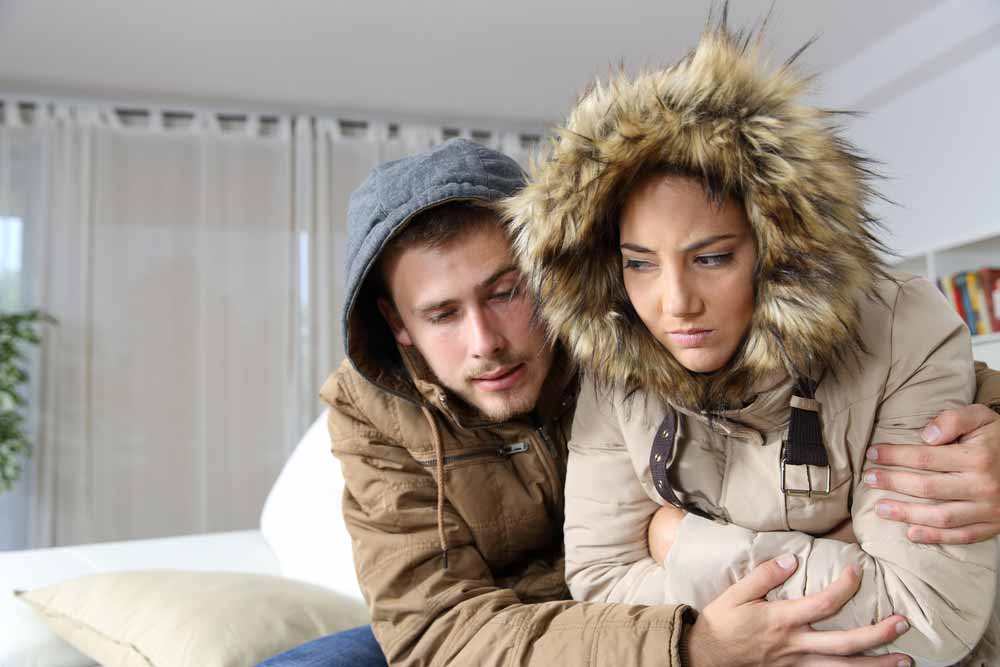
Living in a poorly insulated house often leads to uncomfortable living conditions. Residents may experience persistent cold drafts in the winter and excessive heat during summer months, making it difficult to maintain a stable and comfortable indoor environment. This inconsistency in temperature can lead to not only physical discomfort but also can increase the stress and frustration of the occupants. The inability to feel comfortable in one’s own home can have a significant impact on overall well-being and quality of life.
Moreover, issues like high humidity and dampness are common in poorly insulated homes, leading to an overall sense of discomfort. These conditions can damage furniture, electronics, and other belongings, adding to the inconvenience and cost of living in such an environment. Furthermore, the constant need to adjust thermostats and use additional heating or cooling devices adds to the daily inconveniences, creating an ongoing struggle to achieve basic comfort in one’s own living space.
Increased Environmental Impact
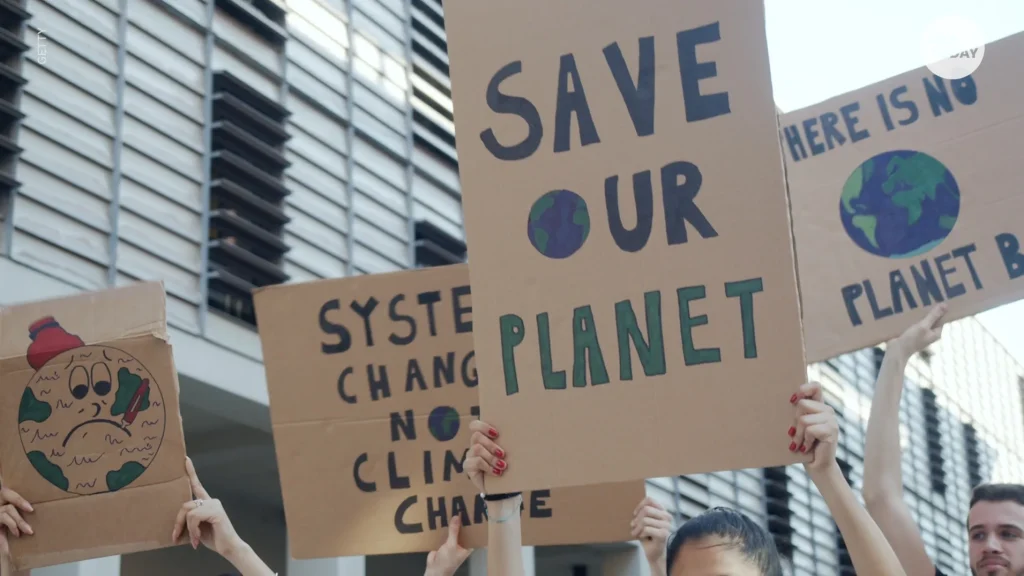
The environmental impact of living in a poorly insulated house is a significant concern. High energy consumption due to poor insulation contributes to larger carbon emissions, directly affecting climate change. Homes that require excessive heating and cooling not only use more fossil fuels but also put a strain on the electrical grid, leading to a larger ecological footprint. This increased energy usage contributes to environmental degradation, making it a concern not just for individual households but for the community and planet as a whole.
Furthermore, the production of additional energy to meet the demands of poorly insulated homes often leads to the depletion of natural resources. This excessive consumption can exacerbate environmental issues such as deforestation, water scarcity, and pollution. As awareness grows about the importance of sustainable living, the role of proper home insulation becomes increasingly critical. By improving insulation, homeowners can significantly reduce their environmental impact, contributing to a more sustainable and responsible way of living.
Noise Pollution
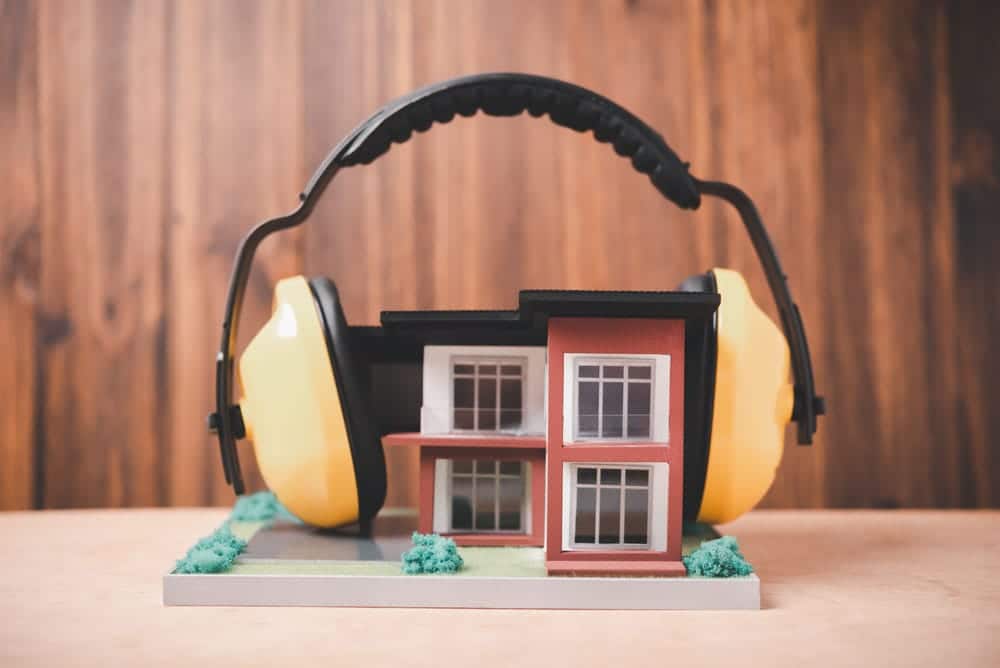
Poor insulation can significantly increase the levels of noise pollution in a home. Insulation acts as a barrier to external sounds, and without it, noises from the street, neighbors, and the environment can easily penetrate the walls and windows of a house. This influx of unwanted noise can disrupt the tranquility of a home environment, affecting the comfort and mental health of its inhabitants. Continuous exposure to noise pollution has been linked to increased stress levels, sleep disturbances, and even cardiovascular health risks.
In urban areas, where noise pollution is a common issue, the impact of poor insulation is even more pronounced. The constant intrusion of city sounds can lead to a feeling of never being able to escape the hustle and bustle of urban life, even within one’s own home. For families with young children or individuals working from home, this can be particularly disruptive. The lack of a sound barrier can turn a home, which should be a sanctuary, into a source of continuous annoyance and stress, highlighting the importance of adequate insulation for peace and quiet in one’s living space.
Higher Maintenance Costs
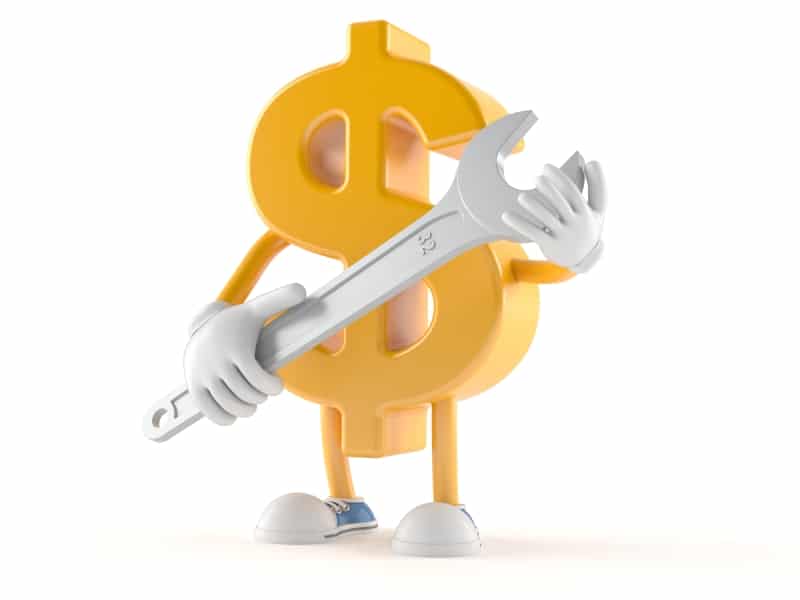
The long-term maintenance costs associated with living in a poorly insulated house can be substantial. Inadequate insulation leads to a variety of issues that require frequent repairs and renovations. For instance, the increased moisture and fluctuating temperatures can cause paint to peel, walls to crack, and flooring to warp. Homeowners often find themselves facing a continuous cycle of fixing and replacing parts of their home, which can be both time-consuming and expensive.
In addition to the visible wear and tear, there are often hidden problems that arise over time, such as deteriorating plumbing or electrical systems due to extreme temperature changes. These hidden issues can be particularly costly, as they often go unnoticed until significant damage has occurred. The financial burden of these continuous maintenance requirements can add up quickly, making the cost of living in a poorly insulated home significantly higher than one might initially anticipate. This not only affects the current homeowner but can also impact future resale or rental possibilities.
Decreased Property Value
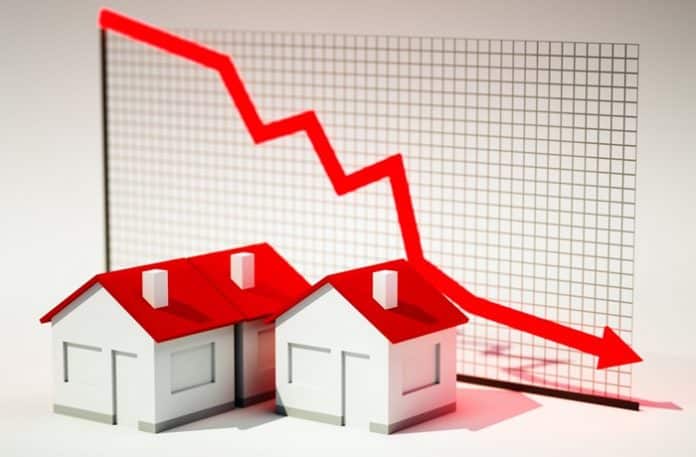
Poor insulation can have a noticeable impact on the market value of a house. Potential buyers or renters often consider the quality of insulation when evaluating a property, as it directly affects their future living costs and comfort. A poorly insulated home is less appealing to potential buyers, as they are likely to anticipate the need for additional investment in insulation and the associated maintenance issues. This can lead to a decrease in property value, making it more challenging to sell or rent the home at a desirable price.
Furthermore, with increasing awareness and concern about energy efficiency and environmental sustainability, homes with poor insulation are becoming less attractive in the real estate market. Prospective buyers are more inclined to choose properties that are energy-efficient and have lower environmental impacts. Therefore, investing in proper insulation not only saves homeowners money in the long run but also enhances the appeal and value of their property in an increasingly environmentally conscious market.
The Critical Importance of Proper Insulation
The risks associated with living in a poorly insulated house are varied and significant, extending far beyond mere discomfort. From skyrocketing energy costs, health risks, and compromised structural integrity to increased environmental impact and noise pollution, the consequences are both alarming and far-reaching. Additionally, the financial burden of higher maintenance costs and the potential decrease in property value cannot be overlooked. This blog post underscores the critical importance of proper insulation, not only as a means to enhance personal comfort and safety but also as a crucial step towards financial prudence and environmental responsibility.


